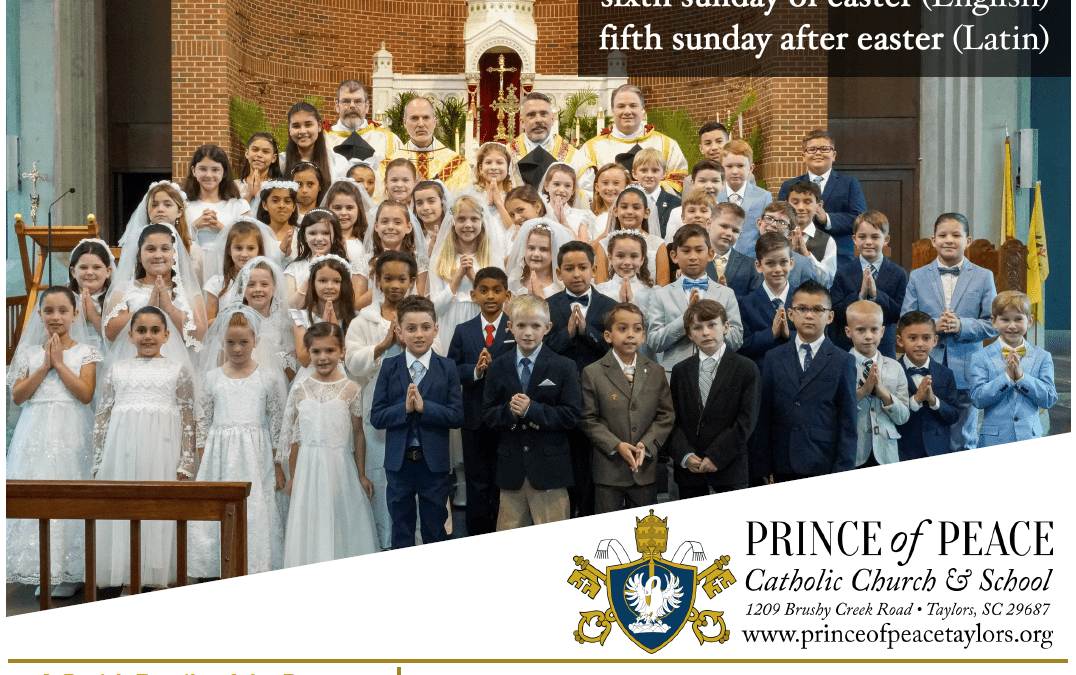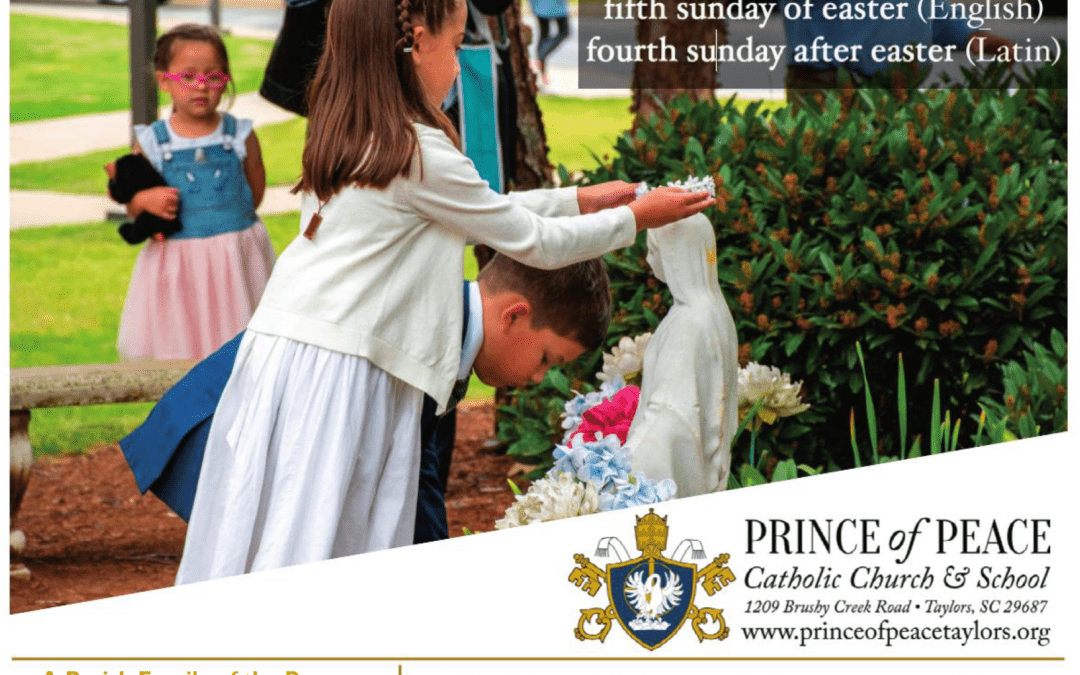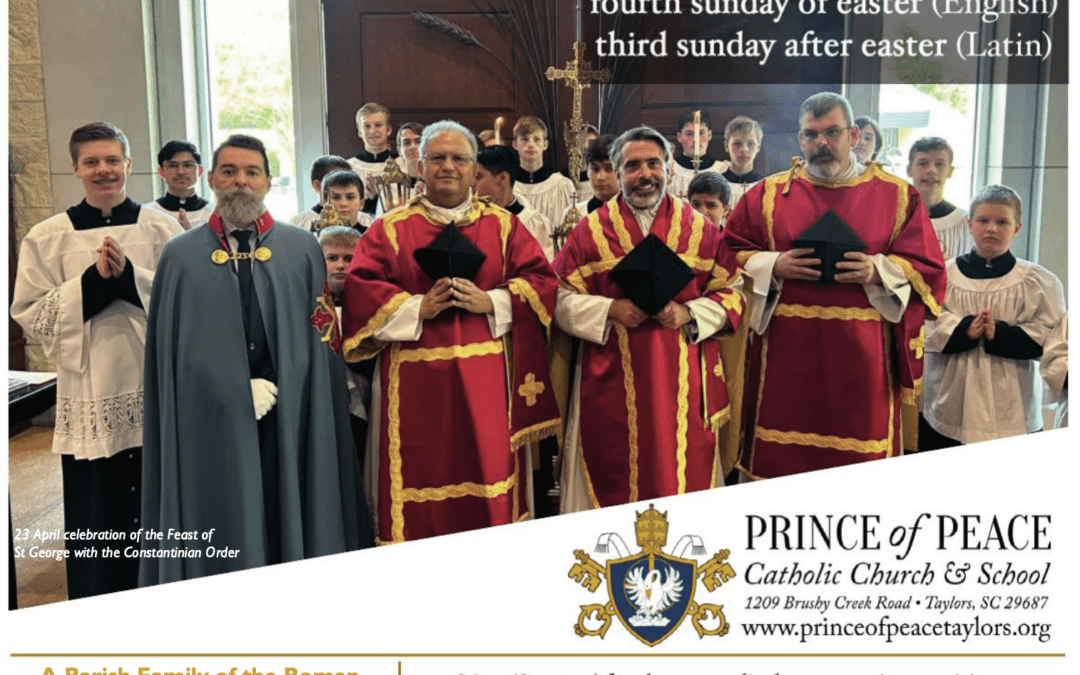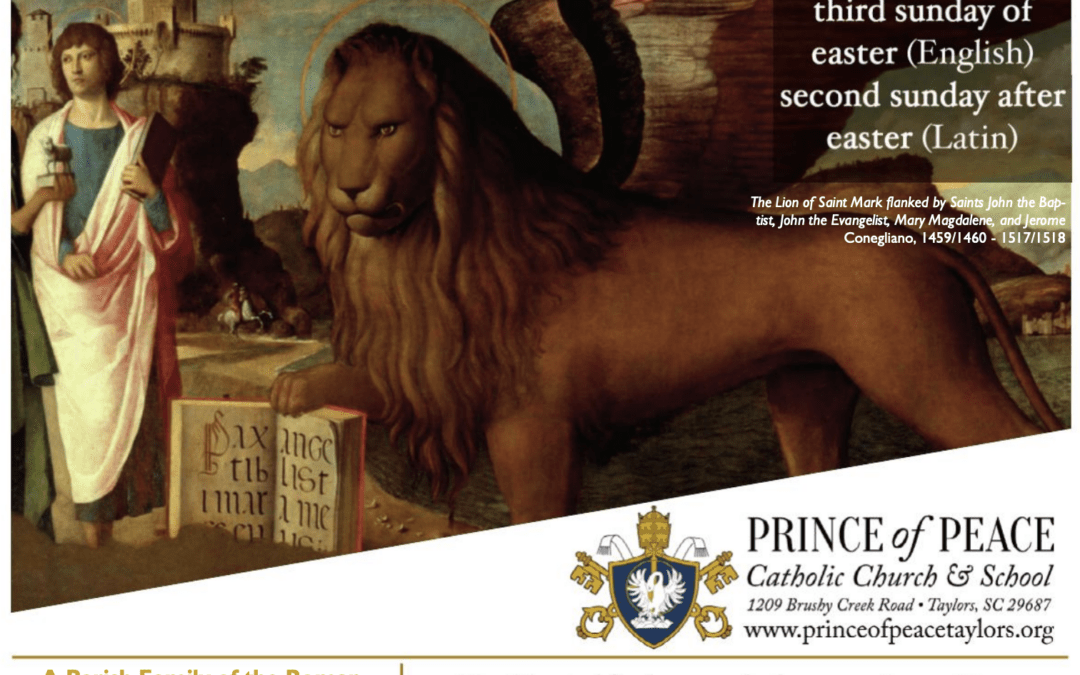
28 May 2023 Bulletin
Click to read this week’s bulletin: 28 May 2023 Bulletin

Click to read this week’s bulletin: 28 May 2023 Bulletin

Click to read this week’s bulletin: 21 May 2023 Bulletin

Click to read this weekend’s bulletin: 14 May 2023 Bulletin

Click to read this week’s bulletin: 7 May 2023 Bulletin

Click to read this week’s bulletin: 30 April 2023 Bulletin

Click to read this weekend’s bulletin: 23 April 2023 Bulletin
Recent Comments